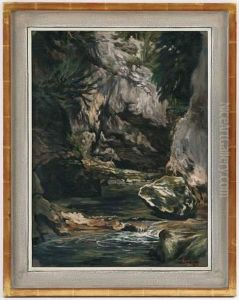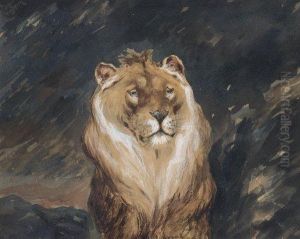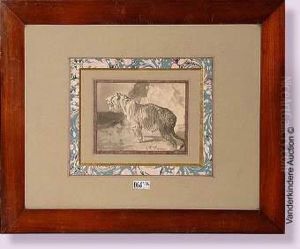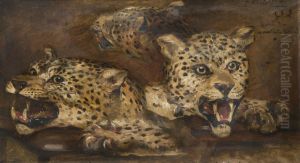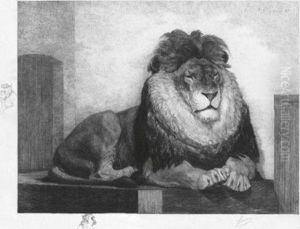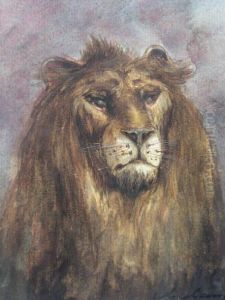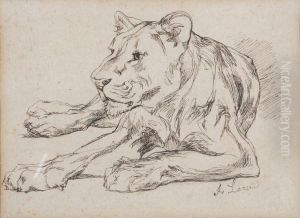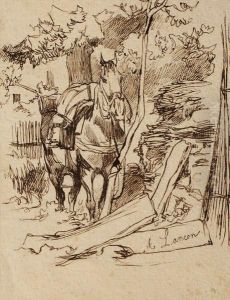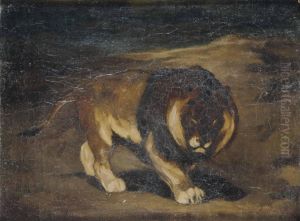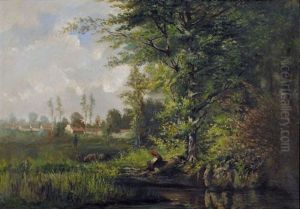Auguste Andre Lancon Paintings
Auguste André Lançon, born in 1836 in Saint-Claude, France, was a French artist known for his remarkable skill in etching, drawing, and painting. Lançon's artistic journey began at a young age, influenced by the rich cultural atmosphere of France and the burgeoning Romantic movement that emphasized emotion and individualism. He pursued his formal education in the arts at the École des Beaux-Arts in Paris, where he honed his skills and developed a distinctive style that would make him renowned.
Lançon's work is characterized by its dynamic expression and vitality, often focusing on subjects from nature, animals, and scenes of daily life. He had a particular affinity for depicting animals, capturing their essence and movement with a realism and sensitivity that was ahead of his time. His drawings and etchings, filled with intricate details and a deep understanding of anatomy and form, garnered critical acclaim and were sought after by art collectors and enthusiasts.
Throughout his career, Lançon contributed to various publications, providing illustrations that were celebrated for their technical excellence and artistic beauty. He also exhibited his work at numerous prestigious venues, including the Paris Salon, where he received recognition and praise from the art community and the public alike.
Despite his success, Lançon remained dedicated to his craft, continually experimenting with techniques and themes. His approach to art was both innovative and traditional, blending classical elements with a modern sensibility that reflected the changing times of the 19th century.
Auguste André Lançon passed away in 1887, leaving behind a legacy that has influenced generations of artists. His contributions to the fields of etching and drawing are particularly noteworthy, demonstrating a mastery of line and form that continues to be admired and studied by artists and scholars. Lançon's work remains a testament to his passion for the natural world and his exceptional ability to capture the fleeting moments of life with grace and intensity.
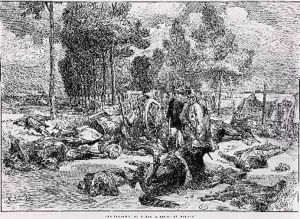
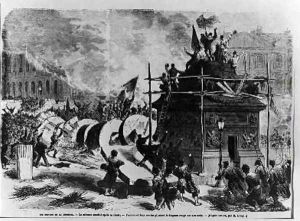
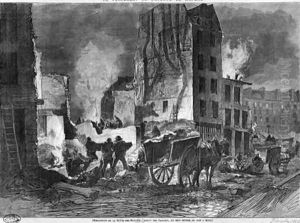
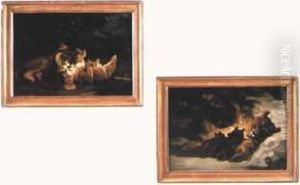
![Tigre De Cochinchine ; La Cigogniere Au Jardin D'acclimatation ; Rennes ; [l'abreuvoir]. 1864-1875.](https://www.niceartgallery.com/imgs/746474/s/auguste-andre-lancon-tigre-de-cochinchine-la-cigogniere-au-jardin-dacclimatation-rennes-labreuvoir-18641875-e1e58ce9.jpg)
